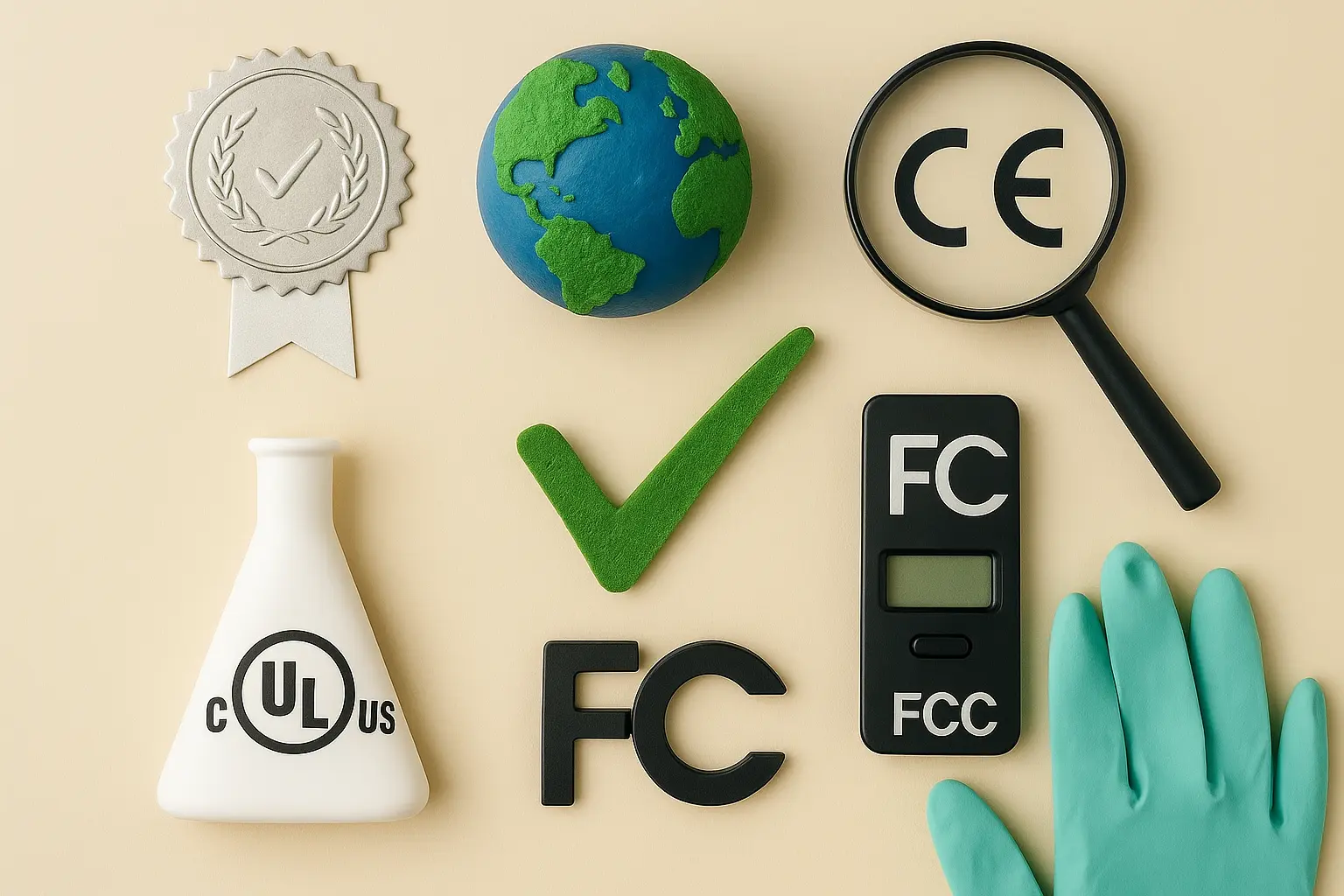Photobiological Safety Certification
In today's rapidly evolving world, ensuring product safety is paramount. Photobiological safety certification addresses a critical aspect of this concern by evaluating the potential for harmful effects from exposure to light sources. This certification is essential for products that emit or generate light, such as LEDs, displays, and other electronic devices.
The Photobiological Safety Certification ensures compliance with international standards aimed at protecting human health and preventing damage to eyes and skin. Compliance with these standards is crucial not only for product safety but also for maintaining a positive brand reputation and gaining market access in various sectors.
Understanding the certification process requires an overview of its scope, methodology, and acceptance criteria. This service aims to provide a comprehensive guide that ensures your products meet the necessary standards and are ready for market entry.
The Photobiological Safety Certification is typically required by regulatory bodies in various industries such as electronics, lighting, and consumer goods. It involves evaluating the photobiological safety of light-emitting devices, which includes determining if they pose a risk of causing eye or skin damage when exposed to specific wavelengths of light.
The certification process generally follows international standards like ISO 17269:2015 and IEC/TR 63041. These standards provide detailed guidelines on how to assess the photobiological safety of products that emit or are intended for exposure to artificial lighting. Compliance with these standards ensures that your product is safe for both consumer use and professional environments.
The certification process involves several steps, including initial application, sample preparation, laboratory testing, and final reporting. The first step in the process is submitting an application along with all necessary documentation. This includes technical specifications, design drawings, and any relevant regulatory information.
Once the application has been approved, the product samples are prepared for testing. This involves ensuring that the samples accurately represent the products you wish to certify. The testing phase follows closely defined protocols outlined in ISO 17269:2015. These tests aim to identify any potential hazards associated with exposure to light from the tested products.
The results of these tests are then compiled into a detailed report, which is submitted for review by the certifying body. If all criteria are met, the certification is granted, and your product can be labeled as compliant with photobiological safety standards.
Understanding the scope and methodology behind Photobiological Safety Certification helps in ensuring that products meet international standards, thereby protecting users from potential harm. This service ensures that your products undergo rigorous testing to comply with these standards, thus enhancing their marketability and safety.
Scope and Methodology
| Test Parameters | Description |
|---|---|
| Exposure Time | The duration for which the light source is exposed to the human eye or skin. |
| Wavelength Range | The range of wavelengths evaluated for potential harm. |
| Specimen Preparation | Instructions on how to prepare the light-emitting device for testing. |
International Acceptance and Recognition
The Photobiological Safety Certification is widely recognized across multiple sectors. Regulatory bodies in various countries have adopted these standards to ensure the safety of products that emit or are intended for exposure to artificial lighting.
Countries such as the United States, Canada, Europe, and Australia all have strict regulations regarding photobiological safety. In the U.S., compliance with this certification is often a requirement for product labeling and market entry. Similarly, in European Union countries, products must comply with Directive 2014/35/EU on the approximation of the laws of Member States concerning civil liability for non-pecuniary damage caused by environmental pollution.
The recognition of this certification extends beyond just regulatory compliance; it also enhances consumer confidence and brand reputation. Products that undergo Photobiological Safety Certification are seen as reliable, safe choices in a competitive market. This is particularly important for sectors like electronics and lighting where safety concerns can significantly impact public perception.
Environmental and Sustainability Contributions
- Eco-friendly materials used in testing processes
- Energy-efficient laboratory equipment utilized for testing
- Minimal waste generation during the certification process
- Use of digital reporting to minimize paper consumption





